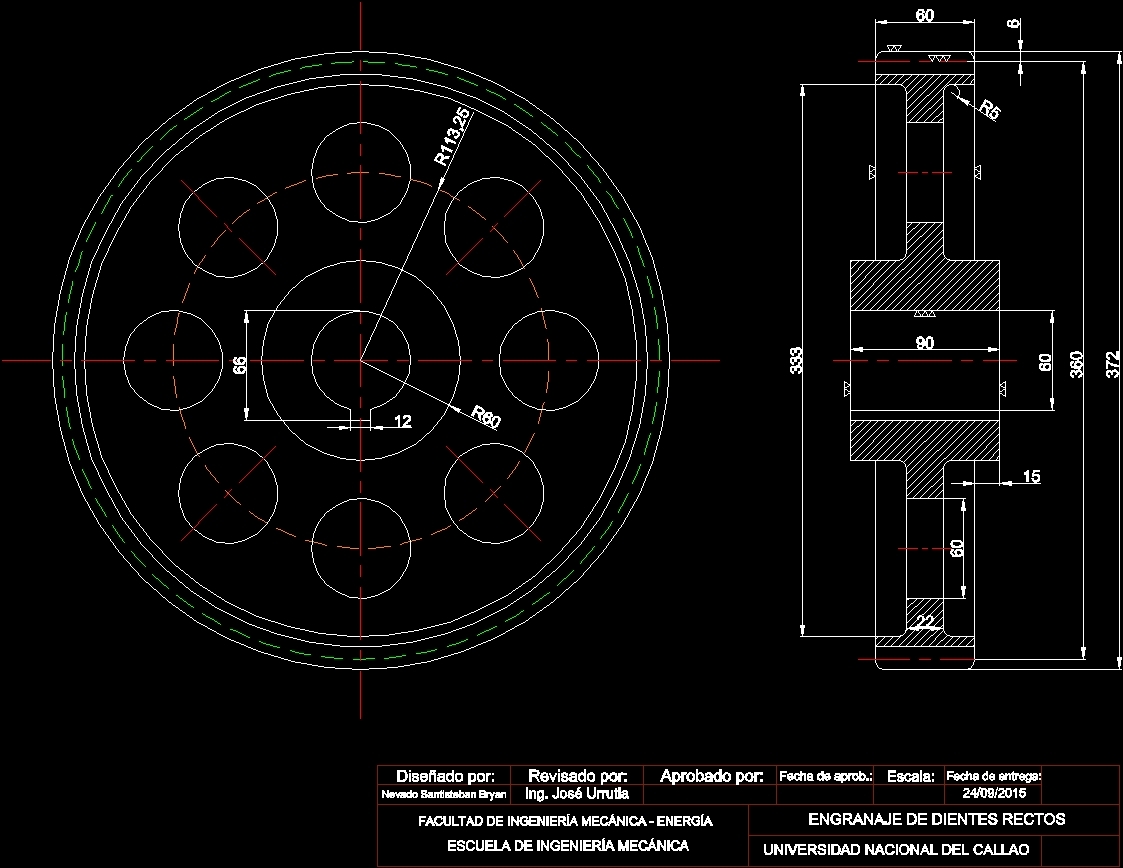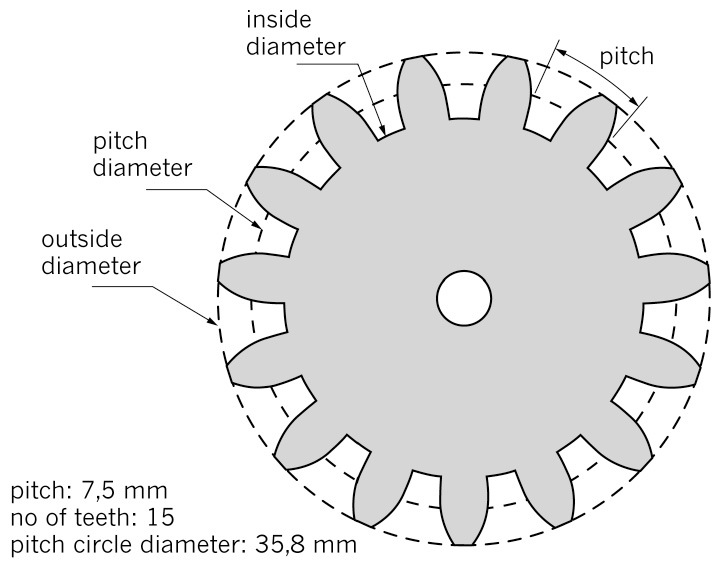

If Dynamic motive force is selected, this box splits into two to enable you to specify the minimum and maximum loads separately.ĭisplays a thumbnail of the gear geometry and forces acting on the gear.The gear ratio is the ratio of the number of teeth in the gear to the number of teeth in the pinion, the pinion being the smaller of the two gears in mesh. Specifies the magnitude of the load in the y direction. If Dynamic motive force is selected, this box splits into two to enable you to specify the minimum and maximum loads separately. Specifies the magnitude of the load in the x direction. Resolves the load into components in the x,y and z directions. Specifies the direction of the bevel gear (see thumbnail displayed inside the dialog box).ĭisplays a thumbnail of the gear geometry.ĭisplays a thumbnail of an example, which illustrate the properties to specify.ĭisplays a preview of the properties you specified. Specifies the angle between the face of the pitch cone and the axis of the bevel gear (see thumbnail displayed inside the dialog box). Makes properties relevant for bevel gears available for data entry. Specifies the tooth alignment of the helical gear (see thumbnail displayed inside the dialog box). Specifies the angle between a gear tooth and the gear axis in helical gears (see thumbnail displayed inside the dialog box). (see thumbnail displayed inside the dialog box). Specifies the pressure angle, which indicates the direction of the force created by a driving gear upon its mate. Specifies the angle between the z axis and radius to the pitch point (see thumbnail displayed inside the dialog box). Specifies the diameter of the pitch circle. Specifies the geometric properties of the gear wheel.

Use these boxes to specify the magnitude of the maximum and minimum torques.ĭisplays the Coupling Gear dialog box, which derives the torque on the gear wheel from the torque or power delivered by its mate (a gear wheel coupled to the selected gear wheel). If Dynamic motive force is selected, this box splits into to two.

Specifies that the gear exerts a torque that varies within known limits. Specifies that the gear exerts a static torque. Specifies that the specified gear is the source of power and rotation. Specifies that the specified gear is rotated by another gear. If you select this check box, the selected torque automatically takes on a value to make the net torque zero. The system validates all the torsion moments acting on the shaft to ensure that the sum of all torques (net torque) on the shaft is zero. Specifies that the selected torque compensates for the imbalance of torques acting on the shaft.

Specifies the load applied on or by the gear wheel. Specifies the properties of the gear wheel and the loads acting on it.


 0 kommentar(er)
0 kommentar(er)
